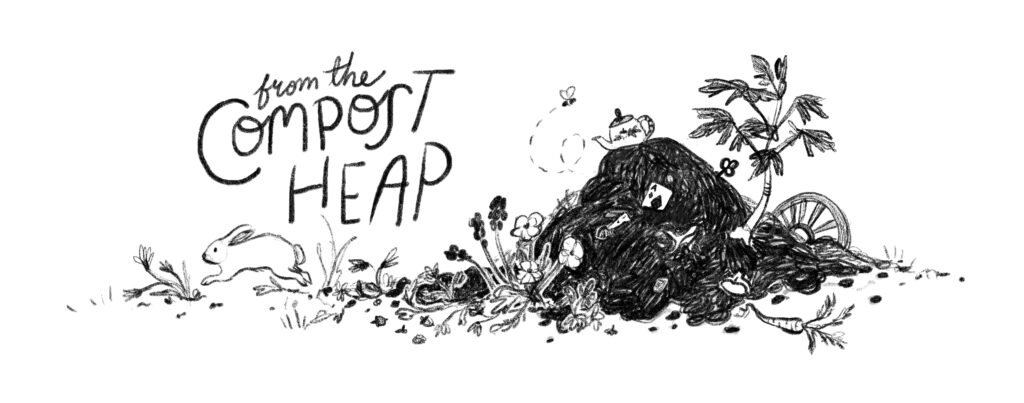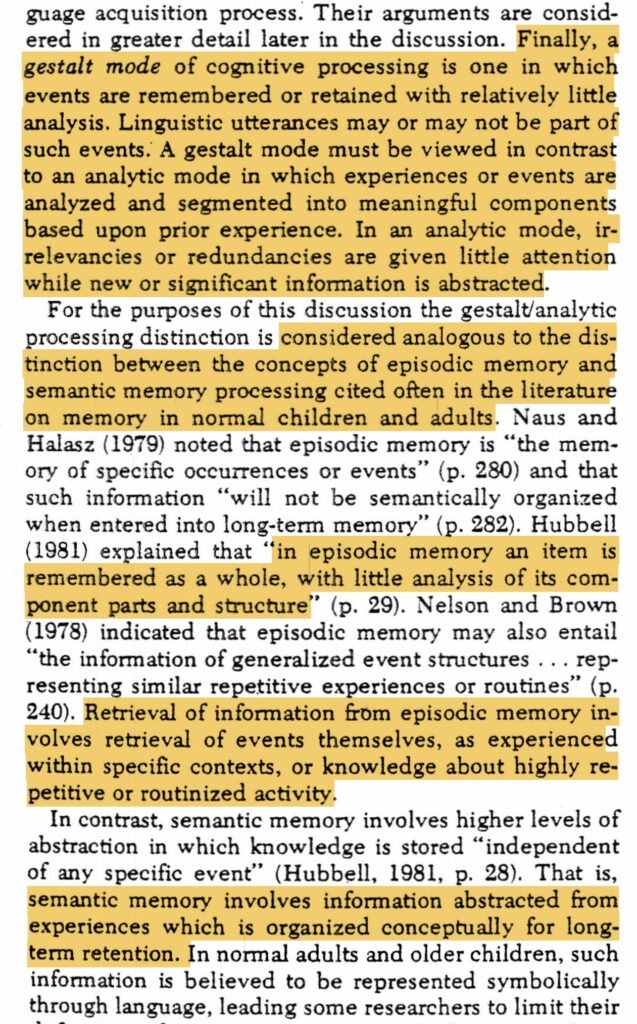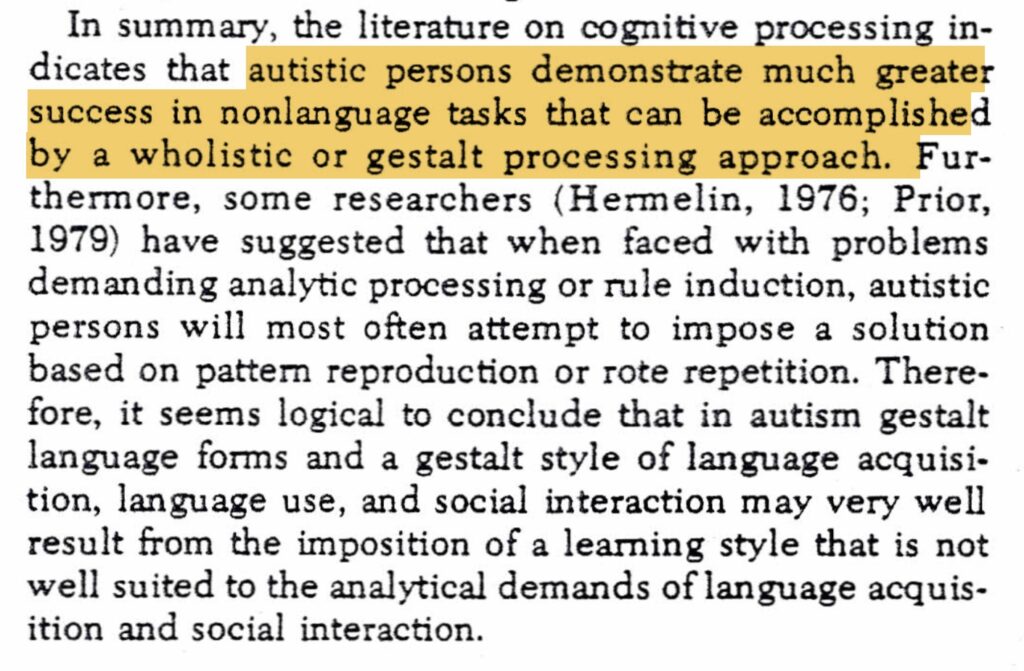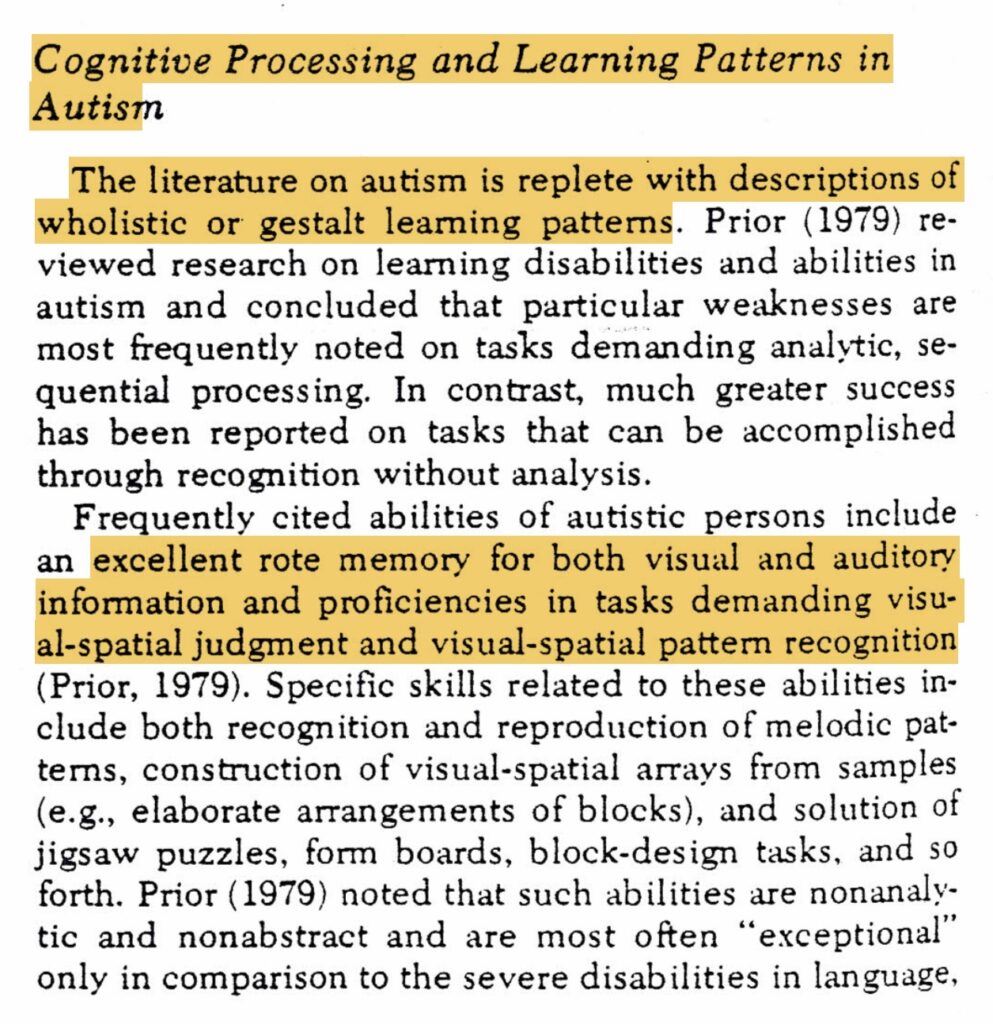A record of the books and resources we are using for home education.
We didn’t buy everything at once, but have been collecting resources gradually.
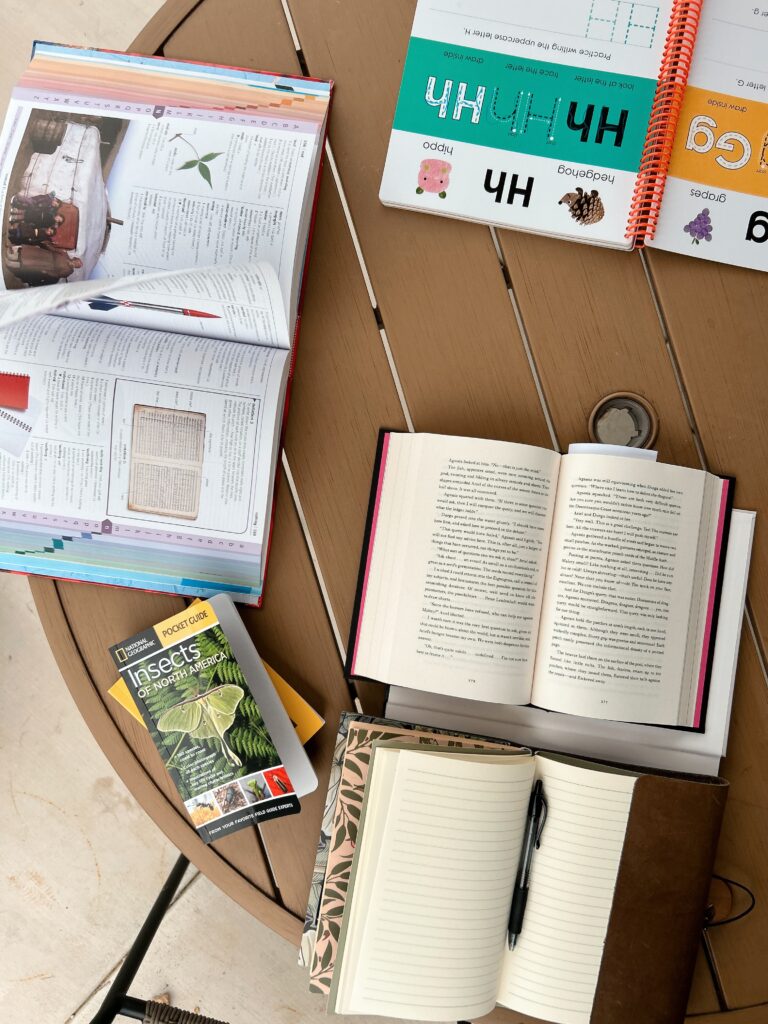
A Note on Affiliate Links
All of the links you’ll find here point to Bookshop.org. This is a cool bookshop where online orders can support your local bookstore. (Yes, yours!)
My intention is to give you all the information you need to buy the book wherever you wish. (Including secondhand! We often buy books secondhand. Our favorite used bookshops and tips for finding books on a budget are at Free and Secondhand Books.
You can see all our home education books in one place click here.
Aside from Bookshop.org none of the links on this page are affiliate.
Science 🐞
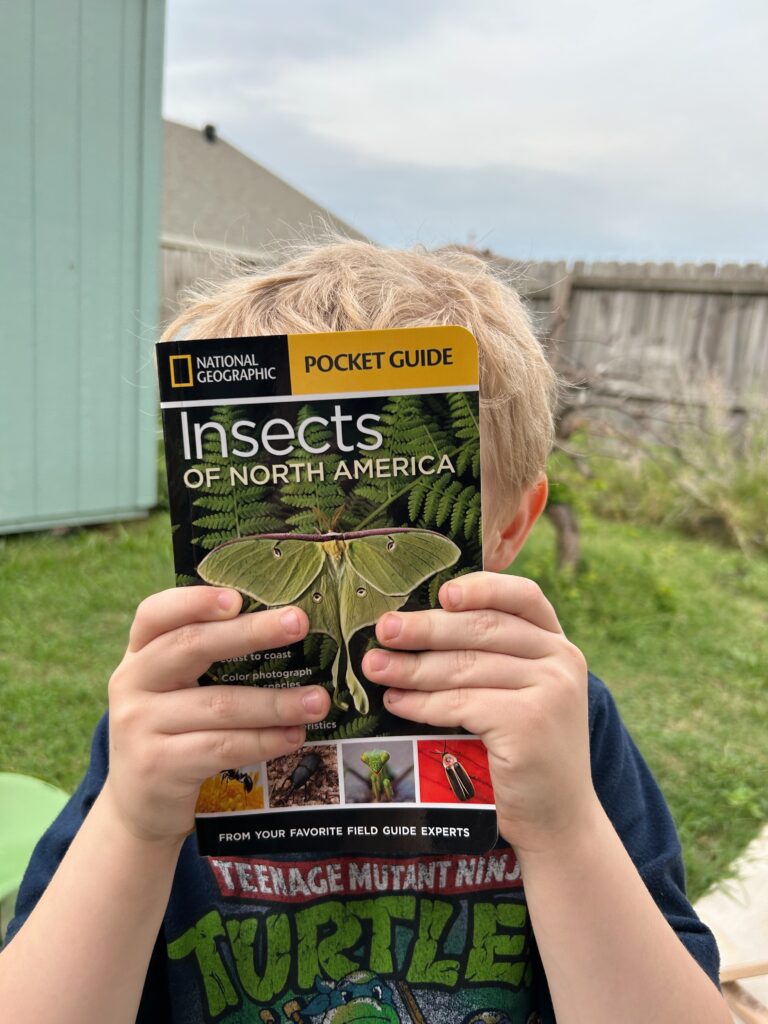
Insects of North America Pocket Guide
Gorgeous photos. Easy navigation. It holds a LOT considering it’s size.
So far we’ve found 2 bugs that weren’t included. Yellow Jacket we found in the dictionary. Milkweed Beetle we identified with iPhone’s visual look up feature.
Even if it doesn’t have every insect, it’s nice to have a physical book to flip through. I keep our field guides on the table each morning while we have breakfast outside.
No word of a lie – while I was typing this up David spotted a butterfly out the window I asked him what kind it was and he said – correctly, “Western Tiger Swallowtail.”
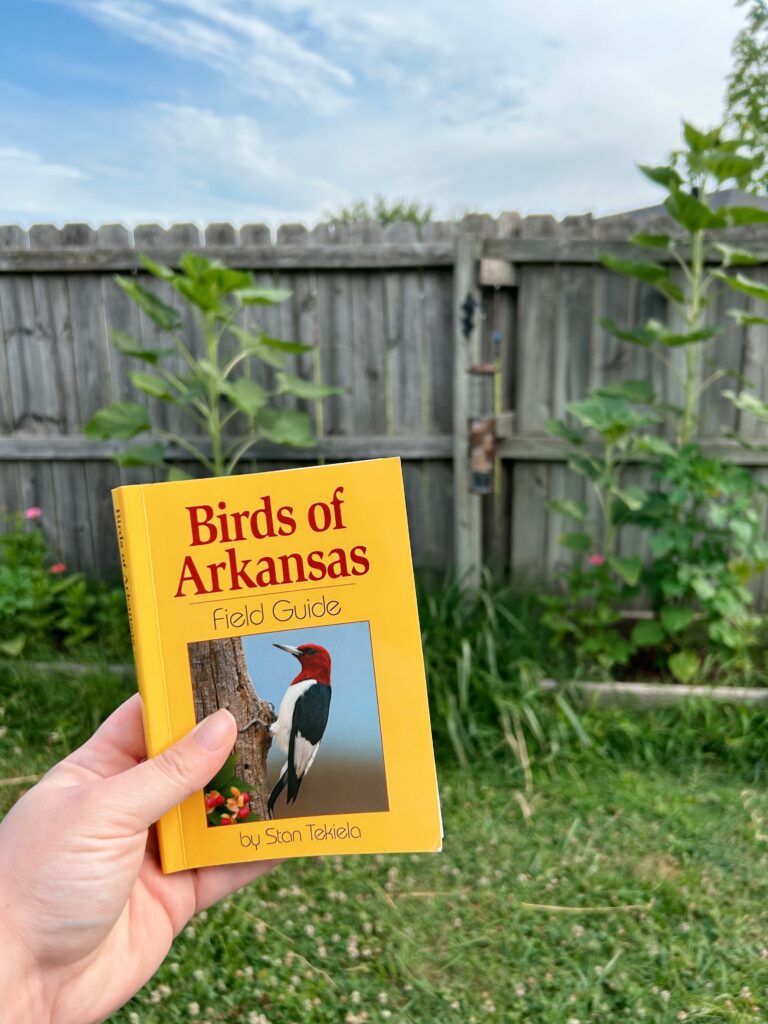
Again, beautiful photos. Color coded by the predominant color of the bird. I loved having an option that only included birds local to us. There is whole series of these.
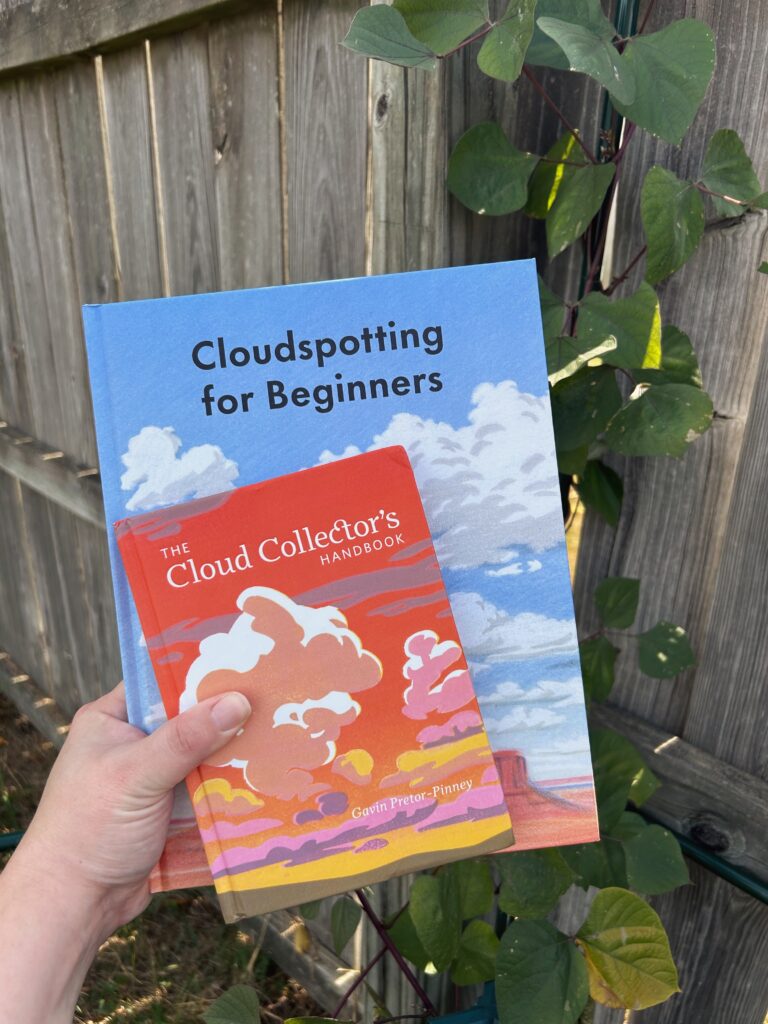
David’s been asking a lot of questions about clouds so I recently purchased Cloudspotting for Beginners and The Cloud Collectors Handbook.
Both were recommended by Austin Kleon. The smaller one has photographs and the larger one has colored pencil style illustrations (like the cover.)
For biology we are using (out of print) flapbook Usborne See Inside Your Body.
And of course the Magic School Bus books. (And these out of print unit study books.)
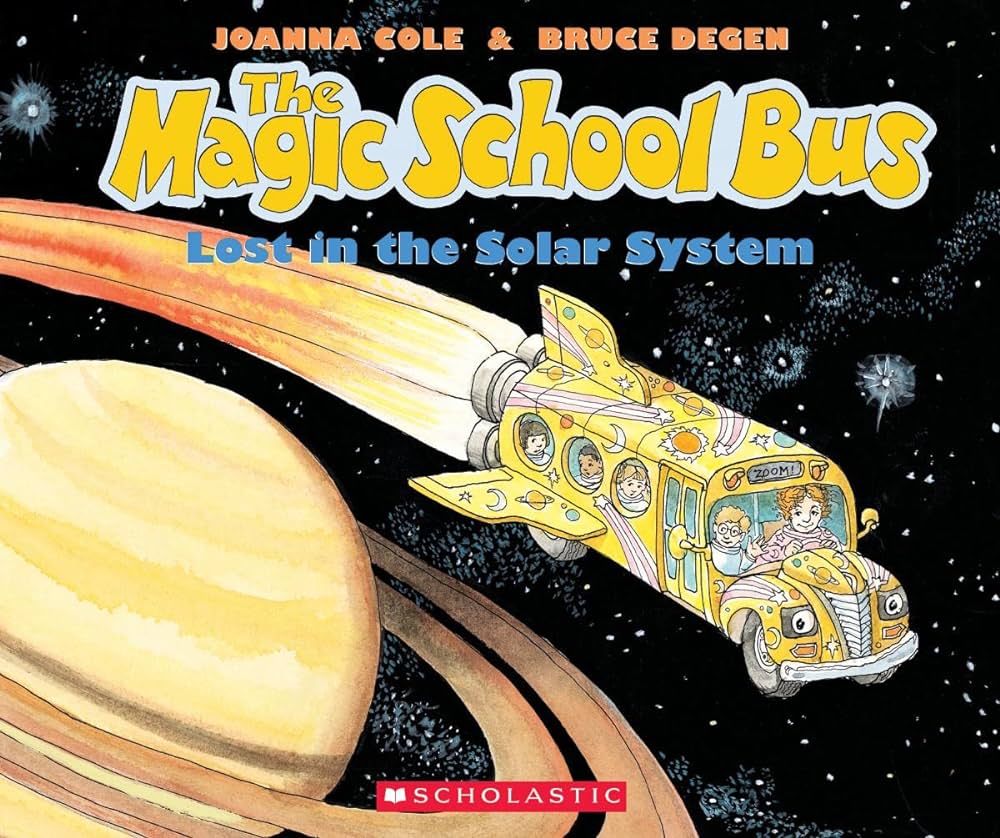
I’m also starting to save Science Experiment Ideas for all ages.
Language Arts 📖
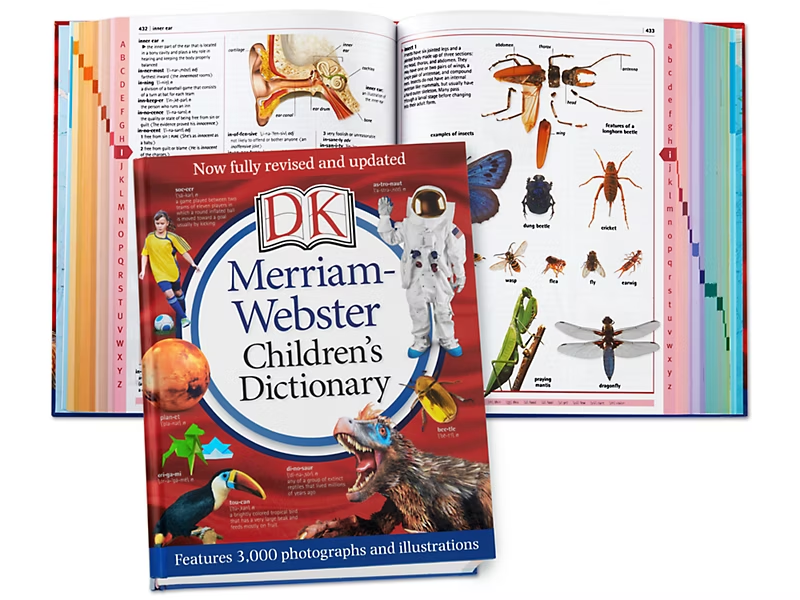
Webster’s Children’s Dictionary
Gorgeous full color photographs. Lovely to peruse and easy to look up definitions. Letters are color coded in rainbow order.
This also inspired me to buy my childhood dictionary, because it’s so nostalgic. This 80’s dictionary has fewer images, and they are all illustrations, but I love it. This book represents the beginning of my love affair with learning new words.
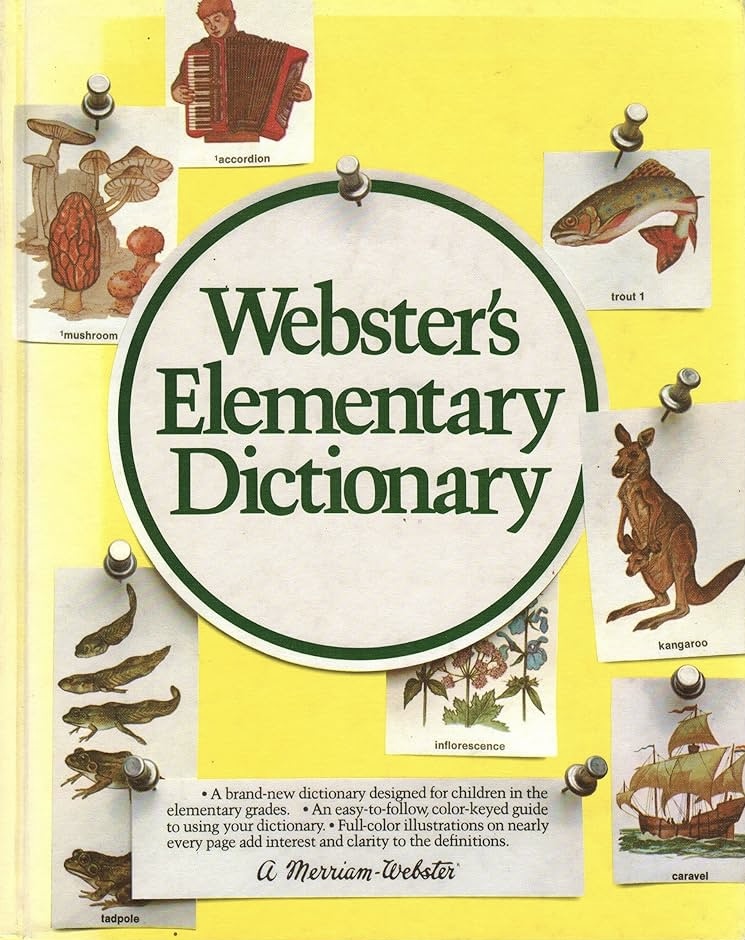
Language Games are really big for us as David has an asymmetrical experience with spoken language and reading.
Handwriting
We love these handwriting fonts to make our own printables with David’s name and the names of characters he loves. These are designed by a Canadian teacher. I love that these include right and left handed! Don’t miss the free printables.
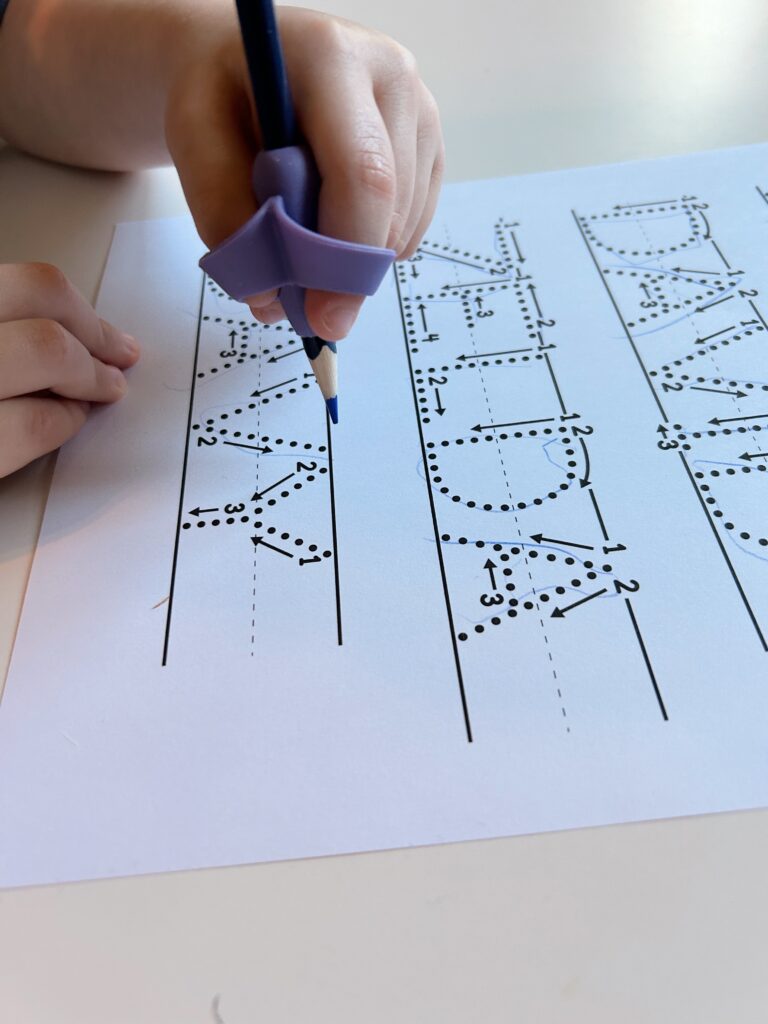
We have two different pencil grips. This one really tells all your fingers what to do. And this one is more of a gentle suggestion to open your web space.
We also use the iTrace handwriting app.
And a wipe off copy of Alphaprints Workbook (pictured at the top of this page.)
I’m also making notes ar Holistic Handwriting to document creative approaches to handwriting that overlap with art.
We’ve also added a magnetic poetry set recently for sentence building.
Not to mention tons and tons of picture books and early chapter books. We love reading together. Maybe I’ll write about those another time.
Social & Cultural
I wanted a book to introduce the concept of homeschool and was so pleased to find this one written from the perspective of a picture book author & artist who was home educated.
I’m including a few spreads just to give an idea of the style.
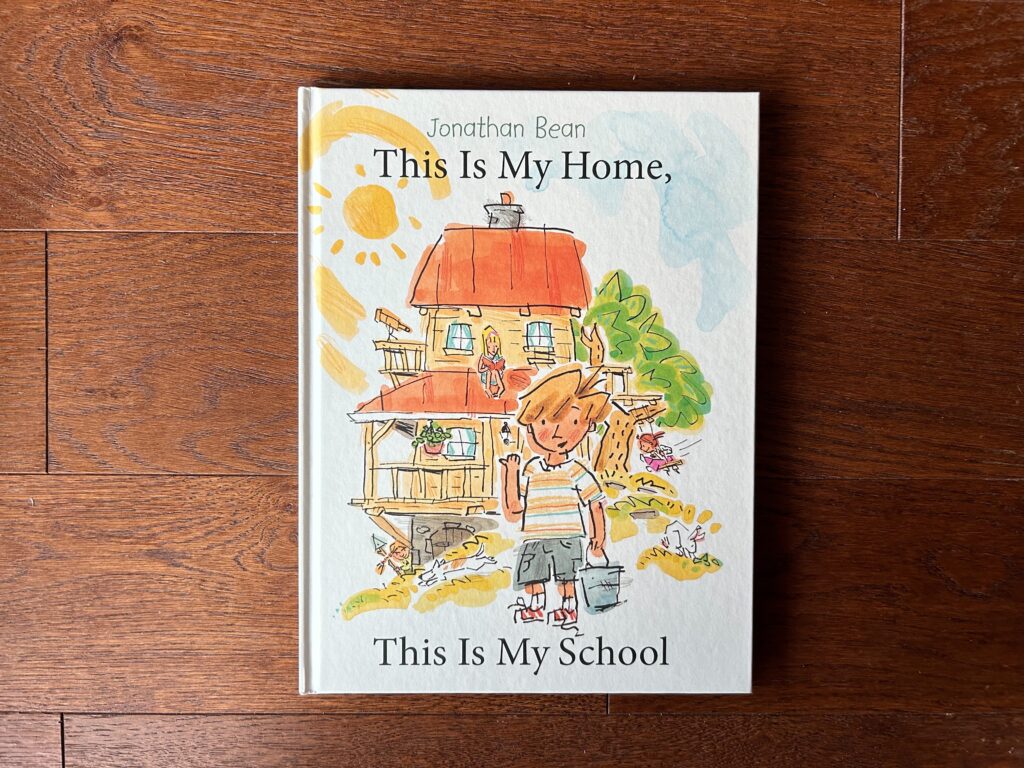
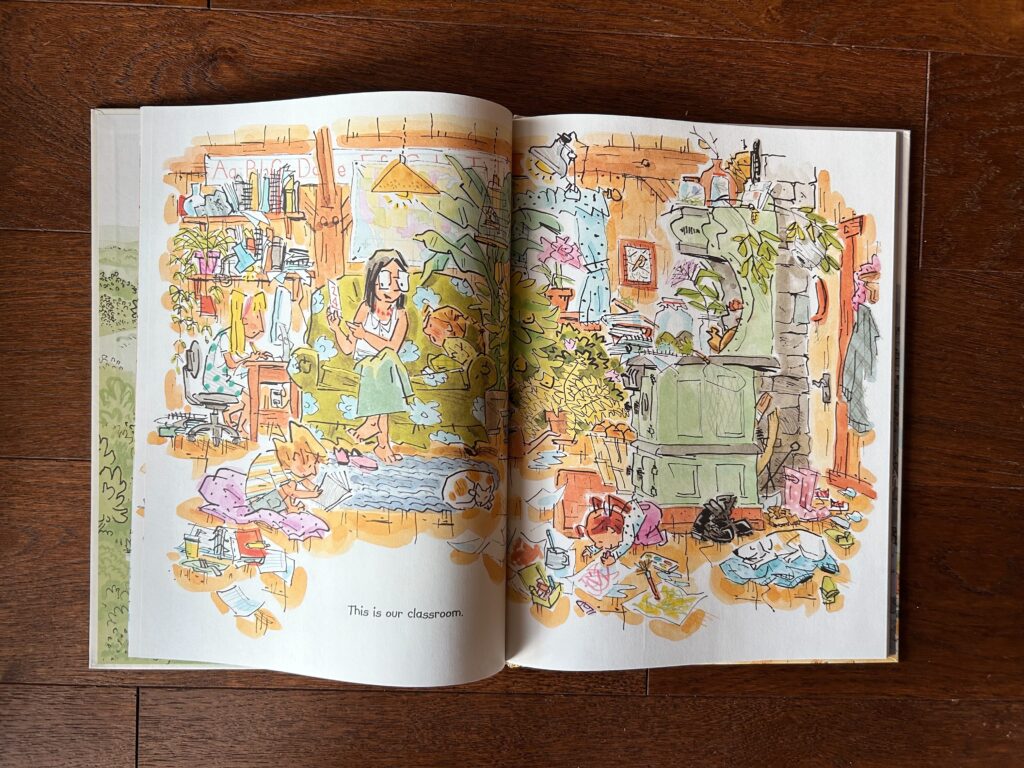
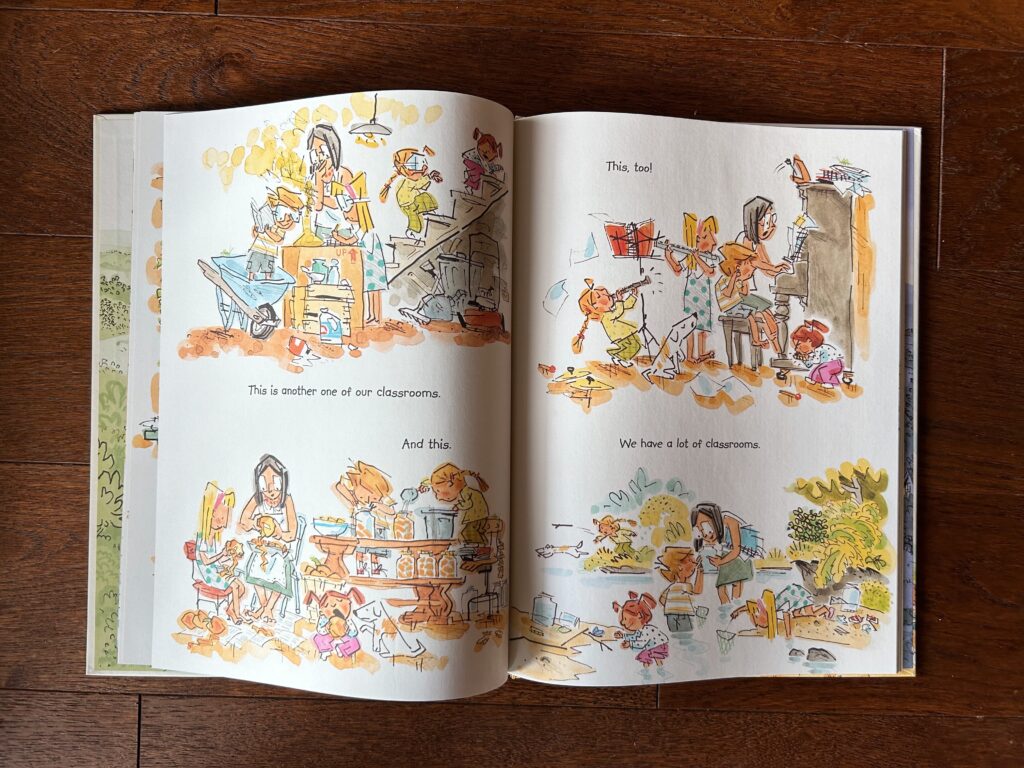
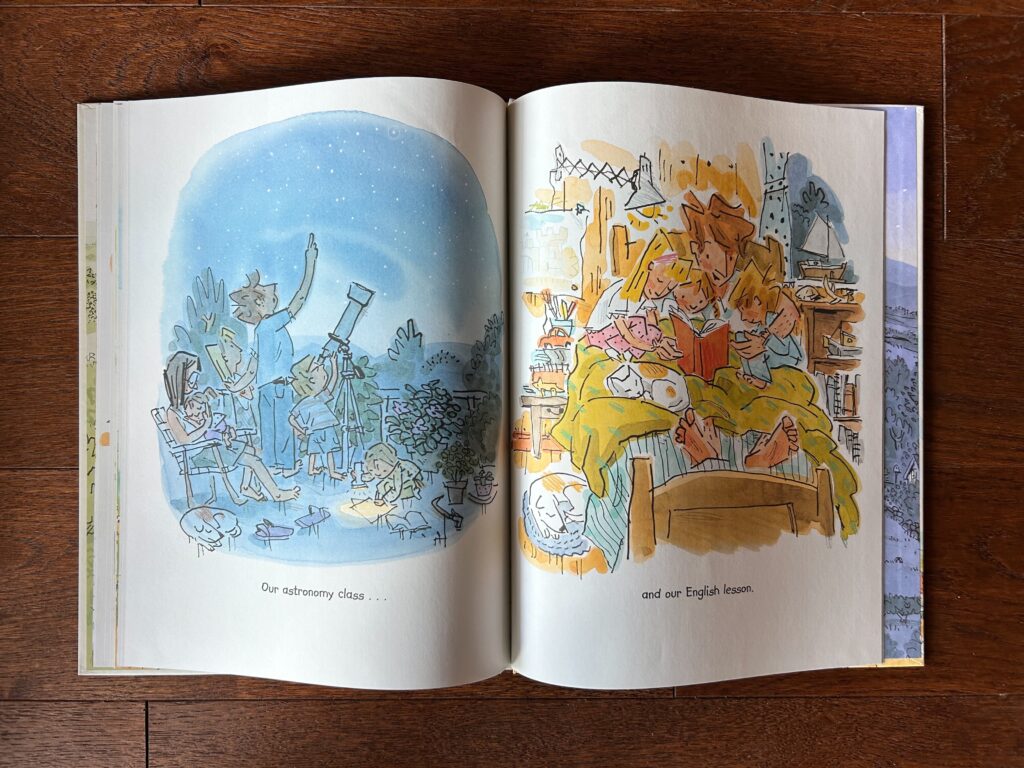
History ⏳
Davy’s reading above his grade level and he is loving Magic Tree House books. We read them together and he also listens to the audiobooks (with his Yoto Player) to fall asleep. These would be great to inspire unit studies and there are companion books (called Fact Trackers) about the historic setting of each adventure.
These books combine magic and history so if that’s not your thing this series is not for you.
Art 🖍️
I’ve taught art on and off since 2004. So I thought I’d share my favorite art supplies for kids. None of these are affiliate links.
Prang Watercolors have the most pigment of any student watercolors.
Crayola Crayons are worth paying extra for (for the same reason – there is nothing worse than a crayon that barely colors.)
Crayola Slick Sticks glide almost like oil pastels. I learned about them from Austin Kleon.
Stabilo Woody Pencils are similar with no plastic. I find they hold up better and are less apt to break. They’re expensive, but long lasting. I like drawing with them myself. You can also add water and use them like watercolor pencils. Or use them on wipe off booklets or windows.
Kitpas Block Crayons are also creamy and delightful. I got lost of questions about them when I made my post coming out as nonbinary and queer.
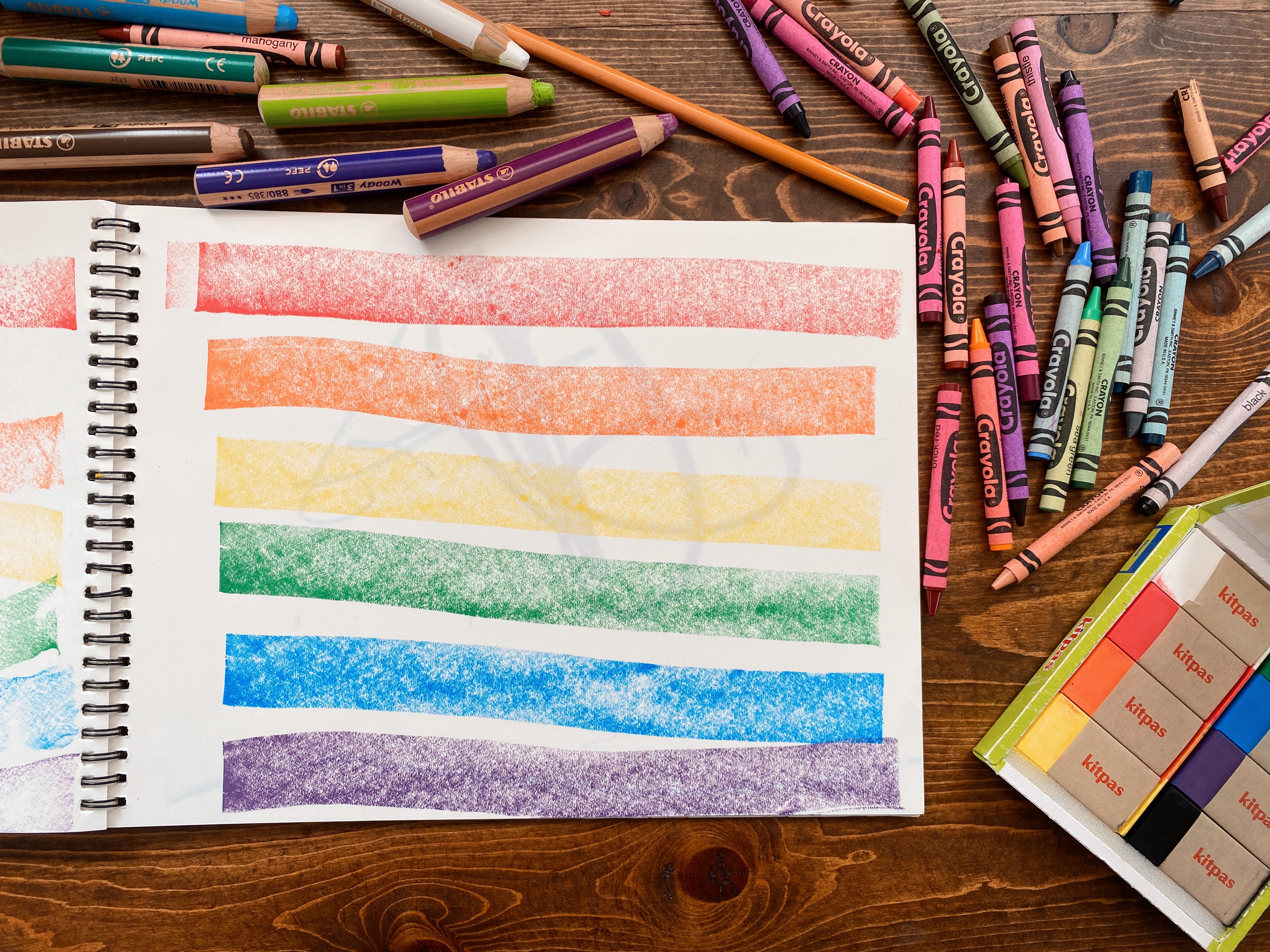
Canson Watercolor Paper is a great quality for the price and you can even find it at Walmart. Their mixed media paper is also good. The thickness really does matter for watercolor painting – thin paper will wrinkle up.
For day to day drawing we use Melissa & Doug’s sketchpad or a roll of IKEA paper. But for pencil and crayon pretty much anything you have on hand will work fine – recycling cardboard and cereal boxes can be great for crayon and markers.
Cooking & Baking 🥄
Food Play board book of very simple food prep and activities by Amy Palanjian (she also shares tons of recipes for free on her blog and IG and has a flexible meal plan that we subscribe to.)
Music 🎹
De Colores a beautiful board book with lyrics to this song.
Everything Grows another lovely book with lyrics to this song by Raffi. This has diverse representation in the illustrations. The lyrics are structured around a gender binary (boys & girls, brothers & sisters). I still love it.
This whole series is great. We also love Baby Beluga.
Little Prodigies Podcast is really fun to sing along to in the car.
Am still researching language options.
Considering gestalt language processing I’m looking into the audio lingual method. I want to prioritize learning phrases and songs (versus vocabulary and grammar conjugation.)
Español 🇪🇸
Saving this sample lesson to try.
Japanese 🇯🇵
More resources and more
Free printable curriculum from University of Oregon
Apps 💫
We tried minimal screentime for a long time, but when I started including more videos & apps Davy’s spoken language exploded. (We are both autistic and he was late to speak.) I am very selective with the apps we use. Here are some of our favorites.
I often prefer to pay for apps because they don’t have ads. I’m not including any apps that constantly ask for upgrades or unlocking new content.
Interactive Books
There’s a Monster at the End of This Book
Music
Prodigies Bells (Free! There’s a very cool game called Pitch Quiz that would be great for all ages.)
Sesame Street defies category, but one of the reasons we love it is clips from classic Sesame Street including the songs Nathan & I grew up with. There are also games and clips from new shows. But no full episodes.
Science
Little Mouse’s Encyclopedia (Free & paid versions. A little mouse explores ecosystems. Lovely illustrations. Gentle music.)
Geography
Barefoot Books Atlas App David loves the flag matching game. He knows African countries better than I do now. (There’s also a book version I just found and ordered used for $5.)
Math
Numberblocks (Based on the UK show. A paid app and worth every penny. David has used this app to teach himself multiplication and other advanced math concepts in self directed play. There are games as well as clips from the show.)
We made Numberblock counting beads with pony beads and pipecleaners that we are now using to learn about currency.
Khan Kids (Free! This one is new to us and includes math and reading. You choose the grade level Pre K – 2nd grade.)
Puzzles
Monument Valley This is a beautifully designed puzzle game designed for adults, but David loves it. It has an M.C. Escher inspired style and could tie in well with an art history lesson.
Polygrams Tangrams & a slow paced TETRIS style puzzle game. Muted color palette. No timer.
Preschool
David is outgrowing these, but at 3-4 he loved…
Colorblocks (Similar to the Numberblocks app, but for colors.)
(Le, gasp!) TV 📺
There are lots of reasons TV is a great educational resource for autistic kids. It’s multi media (visual, auditory). You can turn on the captions. Professional actors are dynamic and engaging (this is especially helpful for late talkers with gestalt language processing.) Kids can watch the same thing over and OVER to absorb the material.
That said, I’m pretty discerning about what we watch. Mostly so I don’t end up overstimulated myself. And also because David is likely to echo or mimic nearly everything he sees (it’s a neurodivergent way of learning.)
Our favorite shows are:
Magic School Bus (Netflix)
Old and new versions – we love them all.

Puffin Rock (Netflix)
A very gentle show that teaches both social skills and nature. It’s by the BBC so it has a gentle musical score and narration.

Numberblocks & Colourblocks
We love almost everything by the BBC better than American TV. 🤷
In the US these shows are on Netflix (although they don’t have all the episodes.)
There’s also Alpha Blocks, but Davy was an early reader so he never took to it.
Sesame Street
Davy watches this mostly on the Sesame Street App because even when we did subscribe to HBO it doesn’t have all the archives.

Reading Rainbow
It’s hard to find these episodes, but Nathan tracked some down on Internet Archive (and there are a few on Amazon and YouTube.) Sure, the live action is dated, but narrating picture books is timeless. Also, Levar Burton is a national treasure.
Daniel Tiger
Before Davy could talk he would hum songs from Daniel Tiger as communication. I also find they are very useful to play before we do something new (go to the doctor, gymnastics class, etc.) For those who haven’t heard of Daniel Tiger – it’s an animated series inspired by Mr. Roger’s Neighborhood.
My Neighbor Totoro
This is the first film Davy watched all the way through so it has a special place in my heart. Sometimes we watch in Japanese with English subtitles turned on. Watching favorite shows (the ones you’ve seen a million times and have memorized) can be a great tool for language immersion.
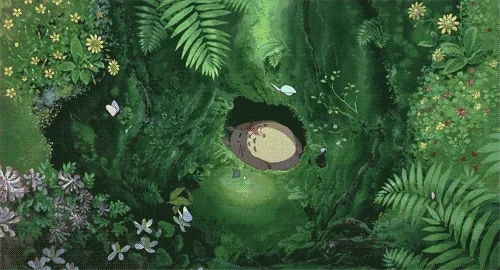
Traditional Curriculum 🍎
I’m mostly using a home brew approach (meaning I’m making my own curriculum from books and various resources), but we may weave in more traditional home ed materials for certain subjects.
For preschool we used Oak Meadow’s Seasons of Wonder – which is full of poems, songs, and crafts for each season. There’s still plenty here for us to weave in throughout elementary years.
Likewise we invested in a Montessori moveable alphabet when we were all in on Montessori. We’ve diversified our approach, but are still using that material for spelling, writing, and punctuation.
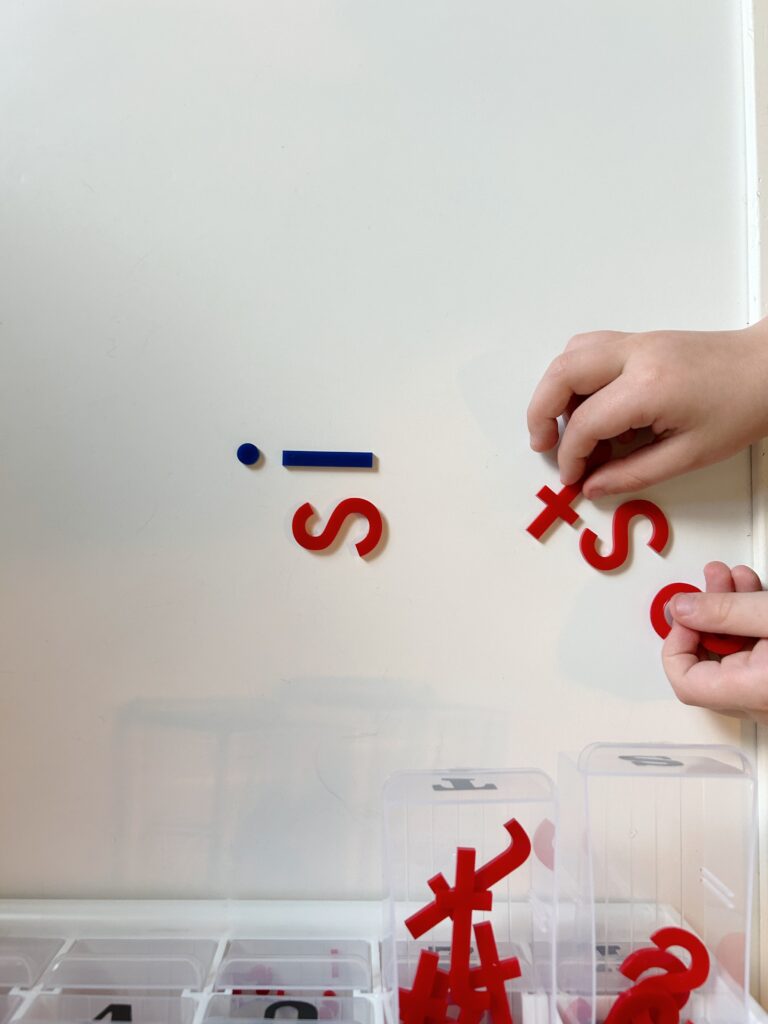
We are also trying out the free Language Arts curriculum from The Good & the Beautiful. It’s made up of illustrated workbook pages and they offer PDF versions for free.*
Heads up – this is a Christian curriculum, but from what I’ve seen so far it hasn’t proven to be overly religious. Your mileage may vary. You can also pay for printed materials if you prefer that to digital.
Prodigies Music Curriculum is the biggest financial investment we’ve made in home ed so far. We signed up for this before David was talking and singing “Do Do Do” and “Re Re Re” were some of his first voiced sounds. It’s an investment, but the quality is excellent and I believe is a great fit for neurodivergent brains.
You can start out with their free resources to try it out. If you don’t want the video lessons you could also buy a songbook and a set of bells from Amazon (that’s where we got ours – we painted them to match.) Or try their free app!
